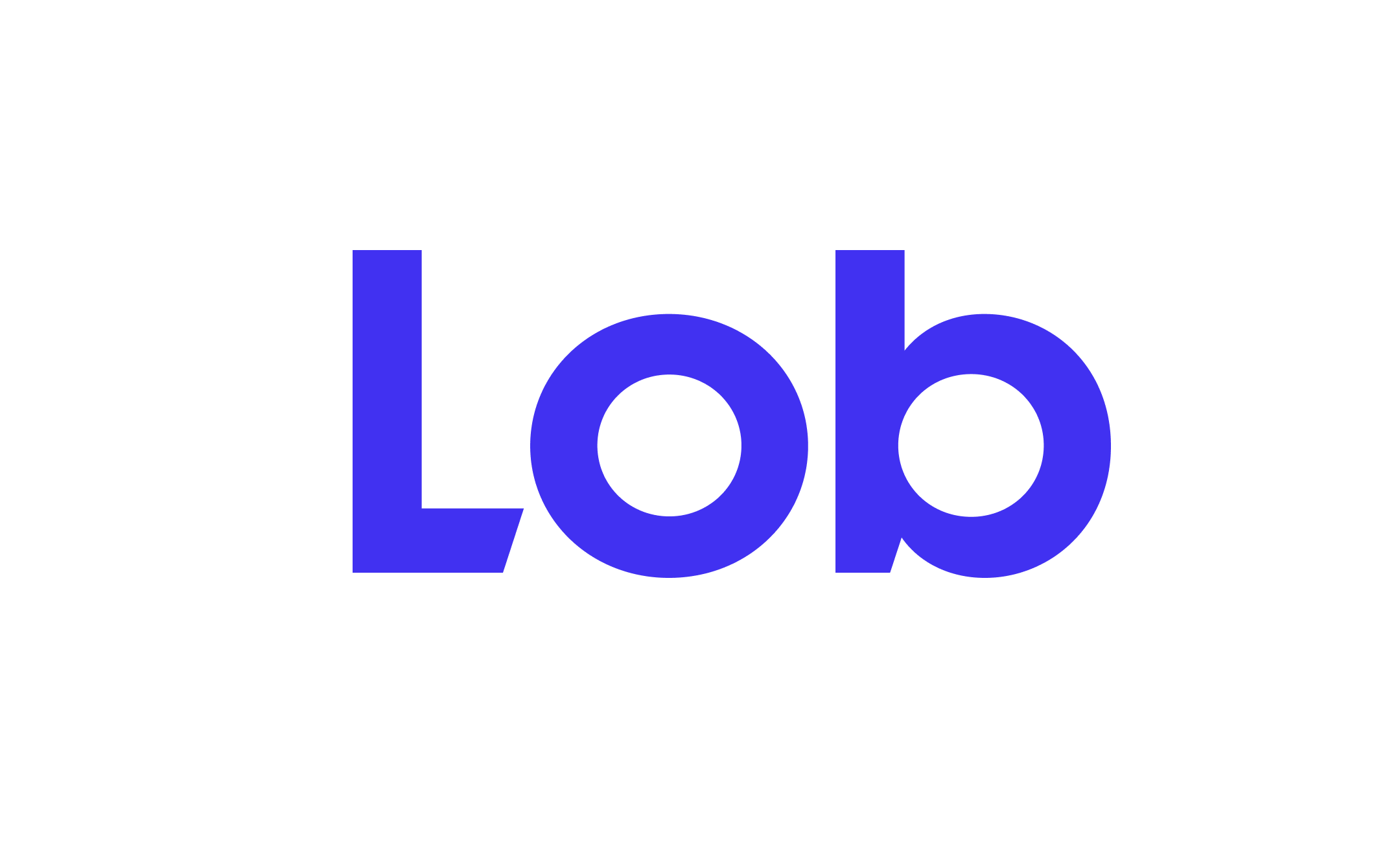Dive Brief:
- The number of advertisers with in-house agencies has increased to 64% from 42% a decade ago, according to a new study by Forrester and the In-house Agency Forum reported in The Wall Street Journal, Thirty percent of the 325 companies surveyed said they didn't have internal agencies.
- More than 25% said "knowledge of the brand" was the top advantage of an in-house agency, and 20% said "knowledge of the business." Cost effectiveness and speed were also reasons for going with an internal agency. Confidentiality and dedicated resources were listed as less important.
- Most respondents said the increase in companies using in-house agencies isn't a threat to external agencies, even though outside agencies can be more expensive because their fees usually include overhead. In-house rates range from $50 to $174 per hour, according to the survey.
Dive Insight:
The new research illustrates a major shift where in terms of where brands are investing their marketing dollars, putting greater amounts toward marketing and advertising functions that are in-house. The study sheds further light on the subject by comparing the current climate regarding in-house agencies with how marketers felt 10 years ago. In today's stronger economy, companies don't feel as much pressure to cut costs or have work done quickly, the study suggests.
While these concerns remain, marketers today are more concerned with campaign effectiveness and insights, as well as partners' knowledge of the brand and the business and the ability to have more control over the creative process. In other words, brands aren't just opting for in-house agencies to save money but are also expecting them to perform at a similar or higher level than external agencies.
In an example included in the Journal report, Coca-Cola's in-house agency chief Jarrett King said the company is trying to cover costs with an internal shop while an external agency would be looking to make money. Roger Hyde, who runs AT&T's in-house agency for mobility and entertainment, said he receives a salary and bonuses based on the work's success, pointing to how companies want work created in-house to perform, not just save on costs. The internal group handles marketing targeting existing clients, while Omnicom Group's BBDO handles external advertising.
Cost, however, still seems to be a driving force for many major companies when rethinking their agency partnerships. Procter & Gamble announced earlier this year that it was reducing its agency roster by 50% over the next several years to save $400 million. The marketer has already reduced the number of agencies it works with by 60% since fiscal 2015, saving $750 million and improving cash flow by more than $400 million. Unilever, another CPG giant, has invested more in in-house shops like its U-Studio, and plans to continue to do so for the future. The company estimates the strategy has generated some $300 million in savings.
Separate research by the World Federation of Advertisers and The Observatory International found that 74% of major multinational brands are reviewing their agency arrangements, with 60% wanting to reduce their agency rosters. But, in line with the latest research, 82% of brands said agencies were still relevant, but may need to evolve to be more agile.










